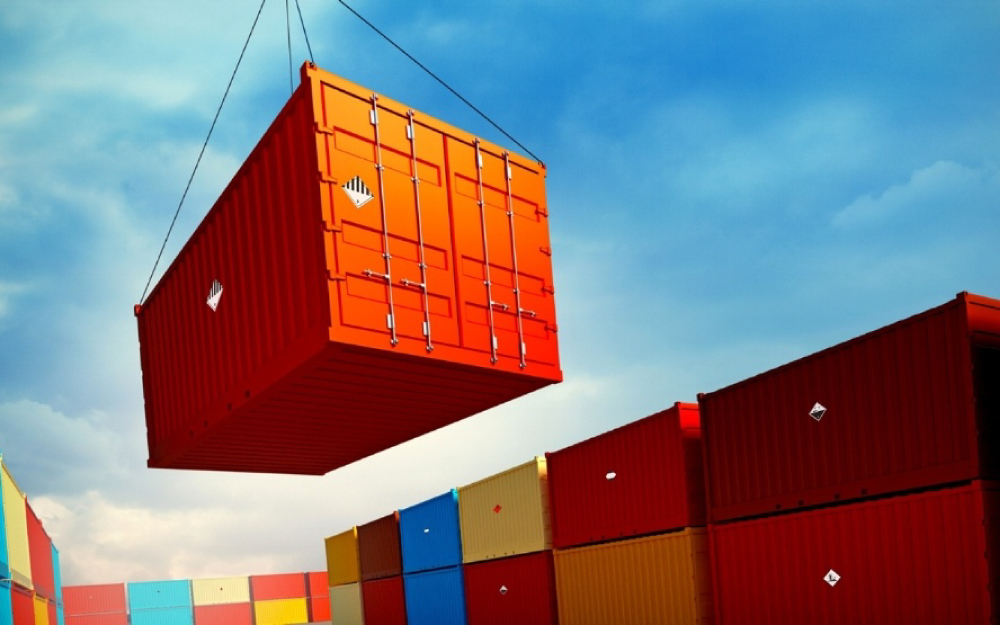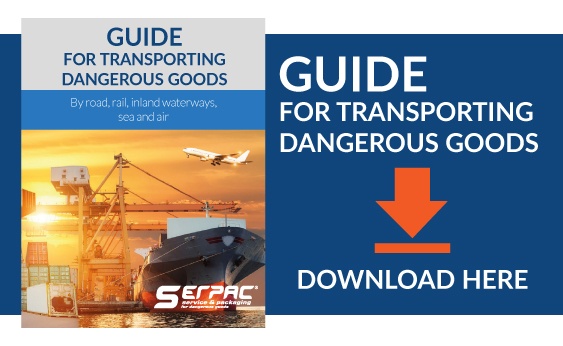Transport of dangerous goods by sea: the labeling guide

Alessandro Baricco once wrote: the sea captures, the sea murders, moves, scares and makes you laugh, sometimes it disappears or dresses up as lake, or rises to a storm, swallows ships, brings you gifts, does not answer, is wise, is sweet, is strong and unpredictable”.
It is undoubtedly the harshness and unpredictability of the sea that makes the transport of dangerous goods so complex. Big waves and turbulences can put the transported goods to the test. For this reason, transporting by sea requires particular attention throughout every preparatory step.
Every single detail has to be chosen with care: from the right type of packaging to labeling and marking. All elements present in this complex chain are in fact contributing to enhancing the quality of the shipment and subsequently guaranteeing the arrival of the products without damage or spilling.
When looking for a solution to a safe transportation of dangerous goods by sea, we must always consult the IMDG regulation (International Maritime Dangerous Goods Code).
This regulation does not only contain norms regarding storage and transport, but also regarding the guidelines to correct labeling and marking of packages, container and vehicles adapted to the transport of dangerous goods.
Marking of packages: where to start?
After having chosen the right packaging for your dangerous goods, it is necessary to take the second step: the marking or better said, everything that is being stamped or applied onto the package.
A general rule to marking is that all marks, which are being brought onto a package must be clearly visible and readable also after being immersed for three months into seawater. This implies that every mark and label must be produced with high performance material, which is able to resist under these conditions.
From a technical point of view, the package must show the obligatory UN specification marking, the UN number of product identification, the proper shipping name (PSN) and the package orientation (this way up) if applicable. All this information must be present on a package ready for transport, with some exceptions.
Generally speaking, these markings are being applied onto one side in case of smaller packages, while in the case of IBCs (superior to 450L) and bulky packages, markings are applied onto two opposite sides. The only exception is the package orientation, as this mark is always applied on two opposite sides.
A particular case is the shipment in limited quantity and products that are dangerous for the environment. For shipments in limited quantity, the LQ mark must be applied, while in the second case, the environmentally hazardous substance mark must be shown. Both marks must be in the form of a square set at an angle of 45° (diamond shaped) of 10 cm length applied onto one side of the package.
The ABC to packaging labels
Dangerous goods packaging does not only need marking, but also correct labeling of all items that are being transported inside the package. Therefore, labels must be sufficiently durable to withstand three months immersed in seawater without a substantial reduction in effectiveness.
The IMDG regulation foresees the use of square labels (diamond shaped) with 10x10 cm that indicate the hazard classes. On smaller packages, labels must be applied onto one side, for bulky packages or IBCs (superior to 450 L) the labels have to be attached to two opposite sides. Each and every label corresponds to a respective hazard class.
A secondary hazard label or labels must also be applied for each object or substance having subsidiary risks.
Not only packages: labels on containers and vehicles
Not only packages are subject to labeling but also containers and vehicles.
In this case, placards and panels must be applied onto all four sides of the container. For vehicles that transport packages and tanks, labels must be applied onto both lengths and the back of the vehicle.
When looking at the transport of bulk cargo, tanks, subdivided tanks, tank-trucks and multiple element gas containers (MEGCs), the application of the PSN is required on both sides.
In case that multiple UN numbers are being transported inside the same vehicle, all hazard placards and markings that signal the various dangers of the products must be present on the outside of the vehicle. If on the contrary, more than 4.000kg of only one UN number are being transported, it is obligatory to attach the orange panel to the vehicle with measurements of 300x120 mm stating the UN number. When containers are being transported those orange panels have to be positioned on all 4 surfaces, while vehicles only require the positioning on both lengths and on the back.
